Can Poor Circulation Be Impacting Your Performance?
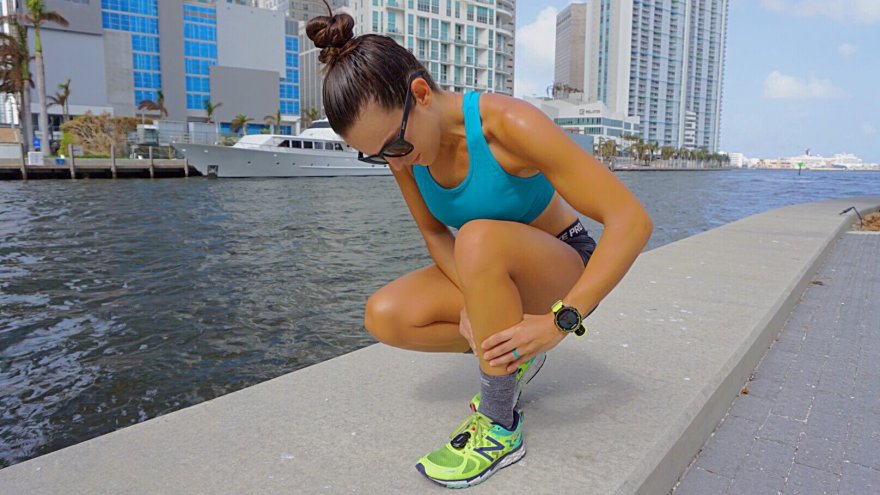
Good blood flow is required for athletes to perform at their best. It is circulating blood that allows oxygen and nutrients to reach our muscles in order for us to run longer, faster, and more efficiently. Blood travels through thousands of miles of blood vessels to reach all of our organs and is essentially what keeps us alive. Although running is considered a treatment for poor circulation, runners themselves can be victims of decreased circulation due to other medical conditions. It is important for athletes to understand the symptoms of poor blood circulation since they can be signs of serious health problems and can truly hinder the ability to reach their goals.
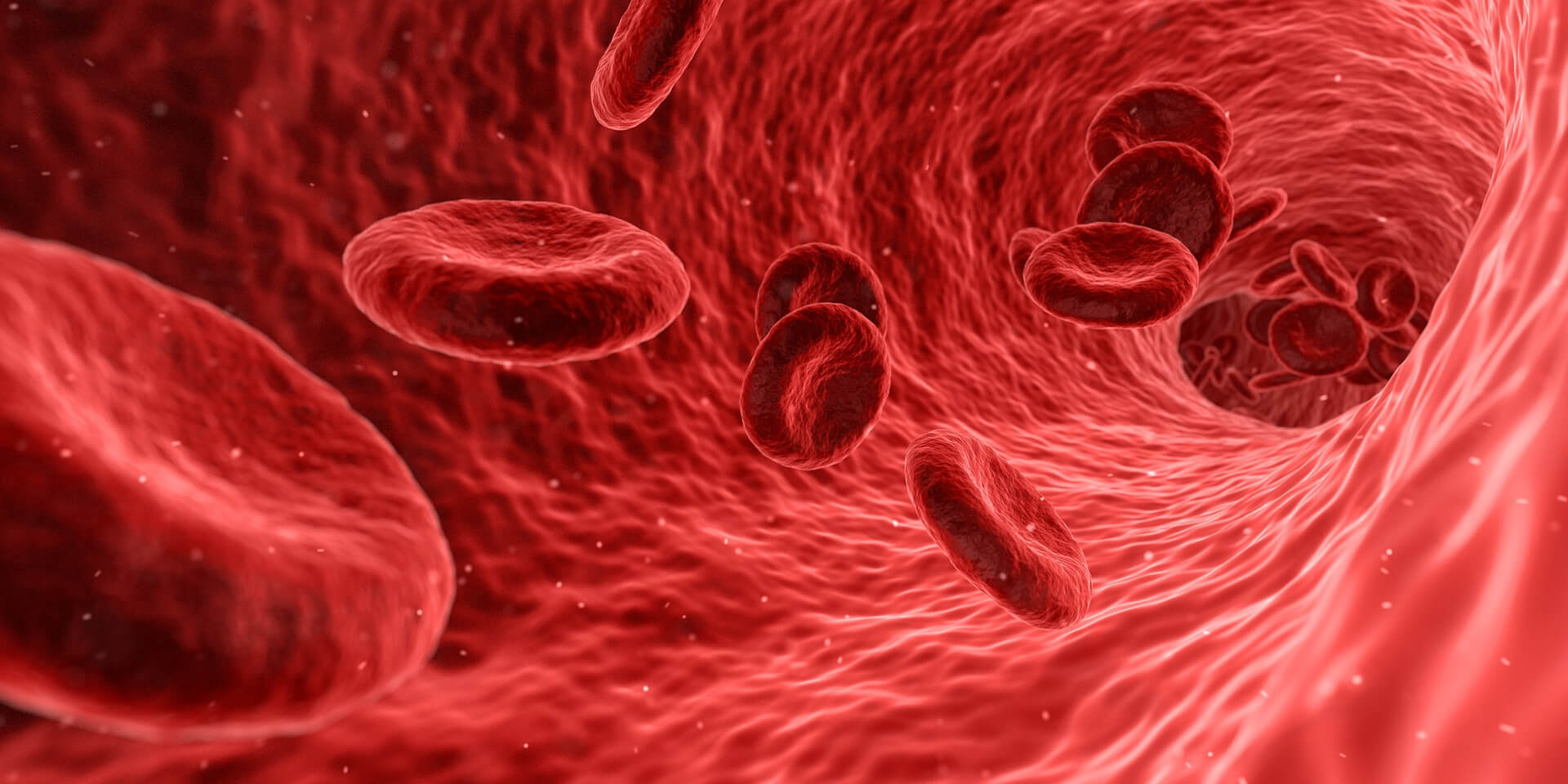
Symptoms
The most common signs of decreased circulation are numbness, pain, and cramping in the extremities. Many people affected by poor blood flow frequently experience cold hands and feet, swelling, especially after prolonged standing or sitting, and changes in skin temperature and color. Runners with decreased circulation may experience fatigue in the lower legs during activity. It is important to address these symptoms early on as many conditions are treatable and symptoms are able to be controlled.
Causes
Peripheral Artery Disease (PAD)
This medical condition is when the blood vessels and arteries in the body are narrowed. Atherosclerosis is associated with PAD as it is when plaque buildup in the walls of the arteries limits blood flow, especially to the extremities. When there is plaque buildup in the carotid arteries, located on the sides of the neck, a stroke is very likely. These extremely important arteries are what supply your brain with necessary blood. Plaque buildup in the heart’s arteries can lead to a heart attack. PAD is usually most common in people over 50 years, but young people can be at risk as well, especially those who smoke. With these serious medical problems, which can result in death, it is vital to be treated as soon as possible.

Blood Clots
Clots can occur anywhere in the body but are most common in the arms and legs. There are many causes of blood clots including atherosclerosis, heart arrhythmias, obesity, PAD, pregnancy, smoking, injury, and surgery. If a blood clot in an extremity breaks away, it may travel to the lungs, resulting in a pulmonary embolism, which is a life-threatening condition. Clots can also travel to the heart and brain as well, causing a stroke. If diagnosed early on, blood clots can be treated to full recovery.
Varicose Veins
Due to valve dysfunction, veins can become enlarged and twisted. These damaged veins make it hard for blood to circulate efficiently. Any condition where the valves in the veins become weak or involve too much pressure such as in pregnancy or obesity can develop varicose veins. This condition is highly related to genetics.
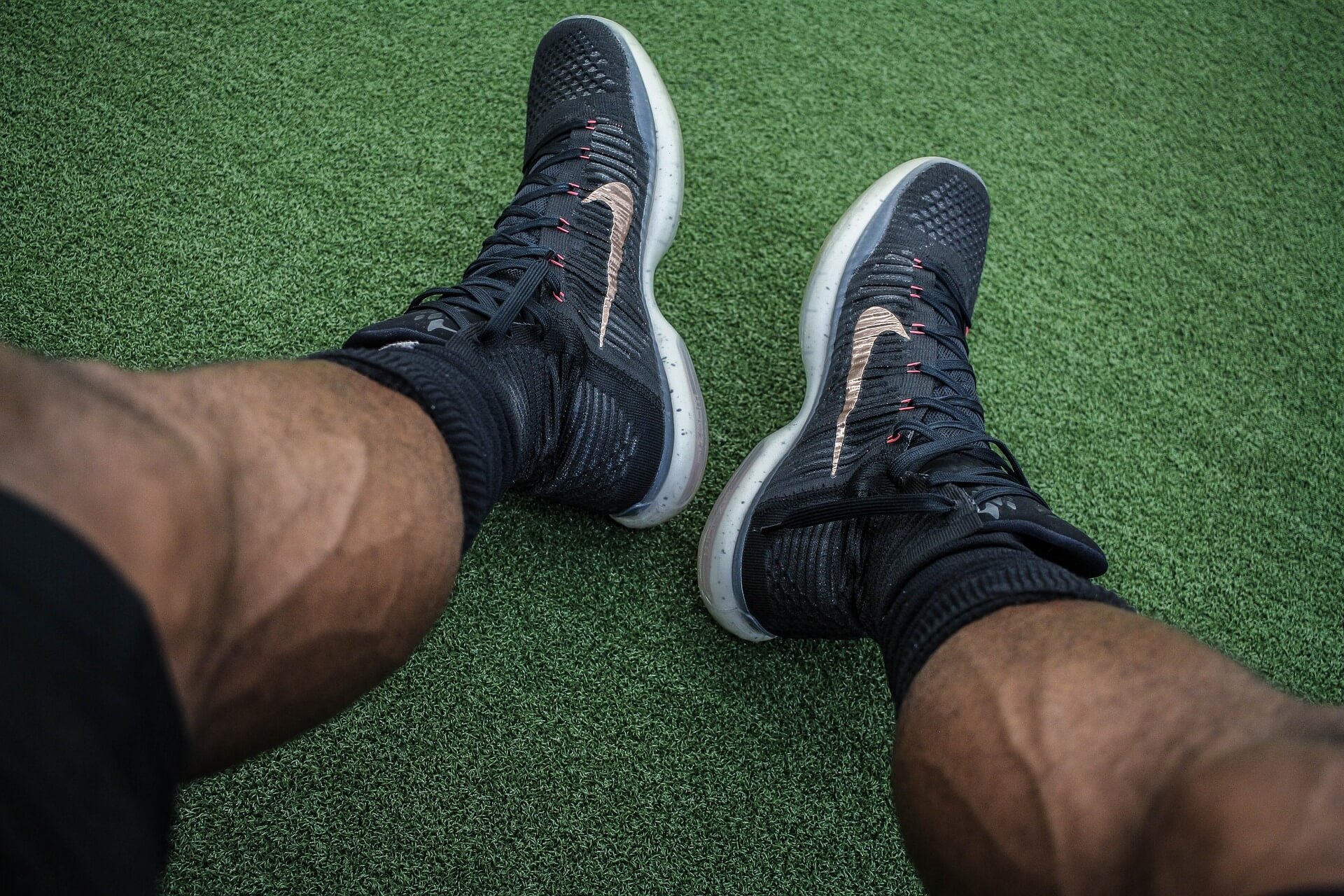
Obesity
When carrying extra weight, the body and organs must work harder to function properly. This puts stress on blood vessels. If you are overweight or obese and sit or stand for long hours, you can develop circulation problems quite easily. You are more likely to develop varicose veins as well, doubling up the risk of circulation problems.
Raynaud’s Disease
This condition is when arteries in the hand and feet are narrowed, which limit blood flow. People affected with Raynaud’s Disease frequently experience severely cold hands and feet, which can be exacerbated when in cold climates or stressful situations.
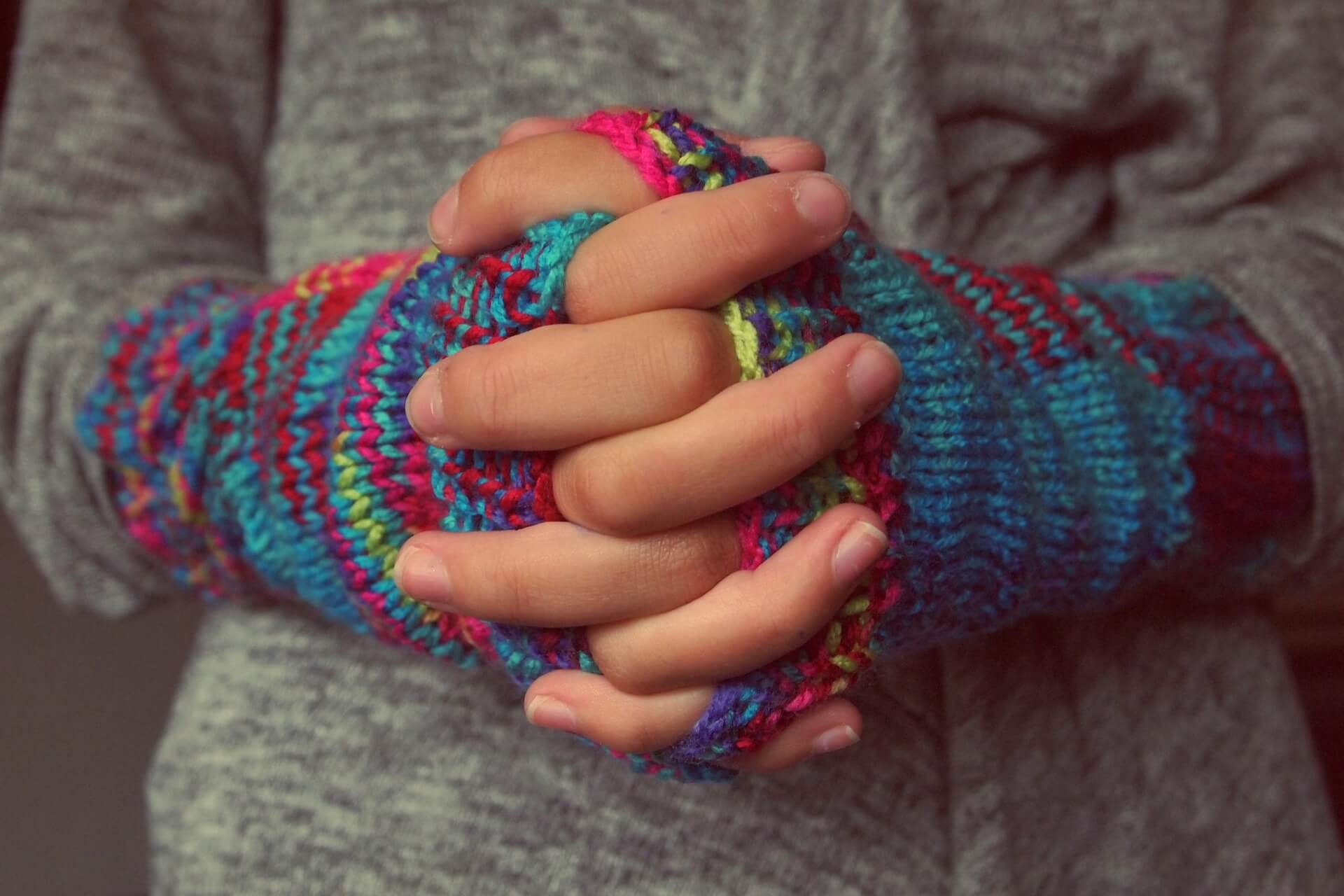
Diabetes
Diabetes can cause blood vessels to harden and narrow as in conditions that lead to atherosclerosis. This will cause numbness, pain, and cramping in the legs. Diabetics commonly suffer from diabetic neuropathy, where they lose sensation in the legs, which can make it hard to detect circulation problems.
Anemia
This condition is when the red blood cells in the body are decreased or not functioning properly. The most common type of anemia that is many times seen in athletes is iron-deficiently anemia. This issue is normally caused by low iron availability in the body or decreased iron absorption. The most common symptoms athletes will experience are fatigue and cold hands and feet.
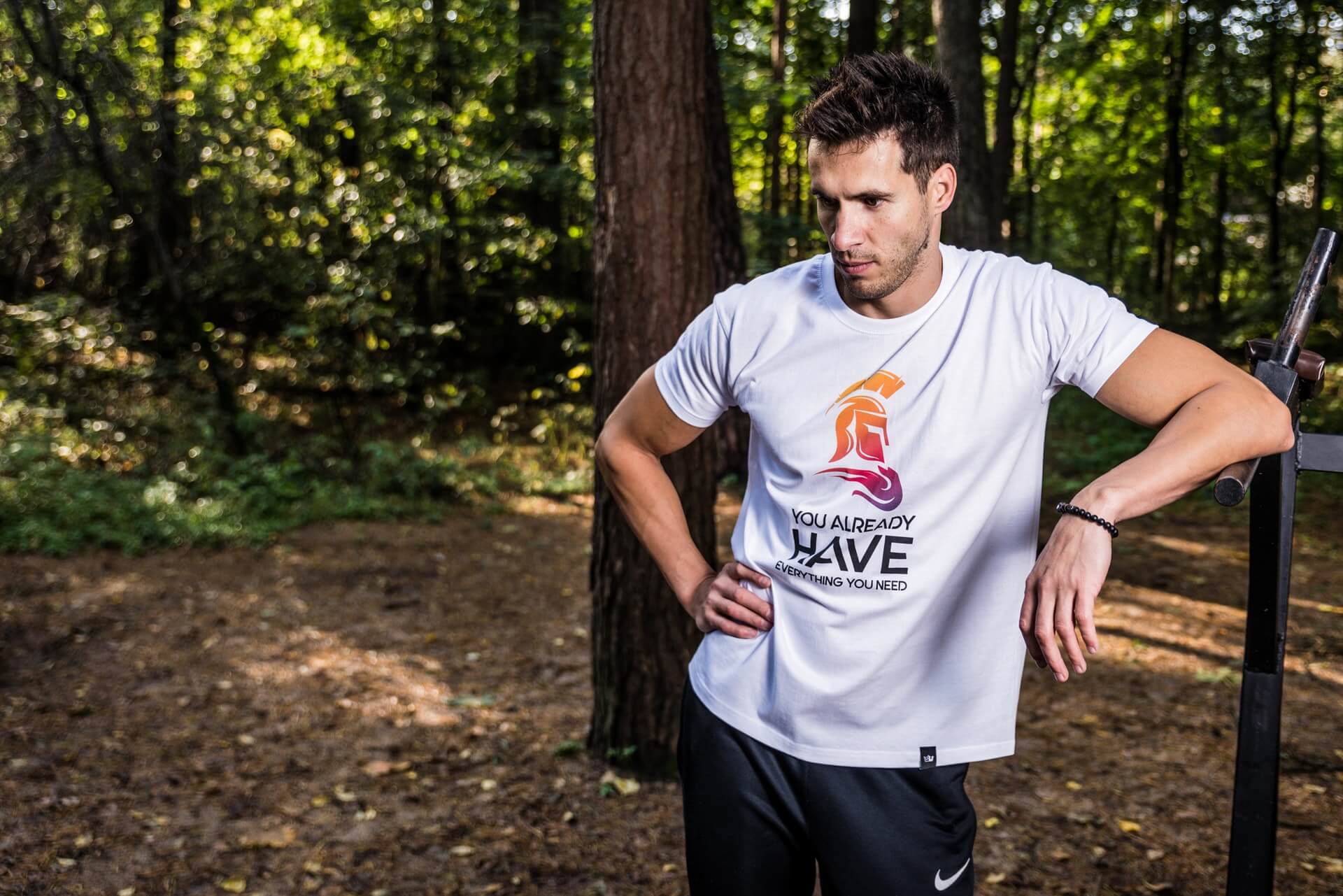
Treatment
Treating circulation problems depends on the cause. Exercise is one of the first prescribed treatments for poor circulation. There is no better way to get blood flow moving through the body than with physical activity. In cases involving an active blood clot, exercise is contraindicated due to the high risk of the clot dislodging from the blood vessel and traveling to other areas of the body. For those who experience swelling in the legs, compression socks are helpful, especially during prolonged sitting and standing, such as when traveling. People with certain conditions may be prescribed blood-thinners or other medications depending on your medical condition that is causing the circulation issues. If you are experiencing any symptoms of poor blood flow especially if worsening, contact your doctor immediately in order to avoid any serious medical emergencies.
Sources
Latest Articles
 Is Running on a Treadmill Easier Than Running Outside?Runners have their own preferences, whether it is treadmill running, running outside on the road, or exploring trails. So...
Is Running on a Treadmill Easier Than Running Outside?Runners have their own preferences, whether it is treadmill running, running outside on the road, or exploring trails. So... Is It OK to Use Trail Running Shoes on the Road?While trail running shoes can be used on roads, especially in situations where a runner encounters mixed terrains or pref...
Is It OK to Use Trail Running Shoes on the Road?While trail running shoes can be used on roads, especially in situations where a runner encounters mixed terrains or pref... How to Fix Sore Quads After Running?Rest, ice, gentle stretching, and over-the-counter pain relievers can help soothe sore quads after running. Also, ensure ...
How to Fix Sore Quads After Running?Rest, ice, gentle stretching, and over-the-counter pain relievers can help soothe sore quads after running. Also, ensure ... 10 Fruits With The Most Electrolytes to Replace Sports DrinksThese fruits are high in electrolytes such as potassium, magnesium, and calcium, essential for hydration, muscle function...
10 Fruits With The Most Electrolytes to Replace Sports DrinksThese fruits are high in electrolytes such as potassium, magnesium, and calcium, essential for hydration, muscle function...

